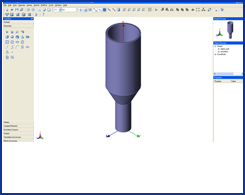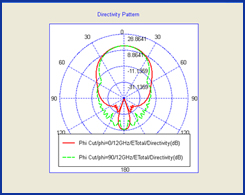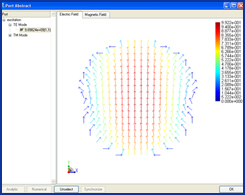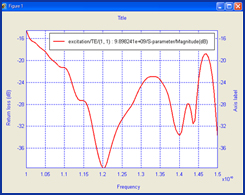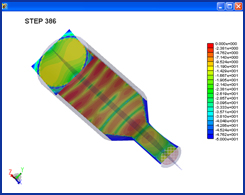| ||||||||||||||||||||
| Dual mode horn antenna | ||||||||||||||||||||
| A dual mode circular horn antenna has a very low side lob in its far field pattern. A TE11 mode at the lower guide is used to excite the antenna, and the combination of TE10 and TM11 modes are formed at the aperture of the upper guide to generate a low lobe far field pattern. | ||||||||||||||||||||
| The basic design procedure in the simulation: | ||||||||||||||||||||
| ||||||||||||||||||||
| The basic settings in the simulation: | ||||||||||||||||||||
| ||||||||||||||||||||
| ||||||||||||||||||||
|
